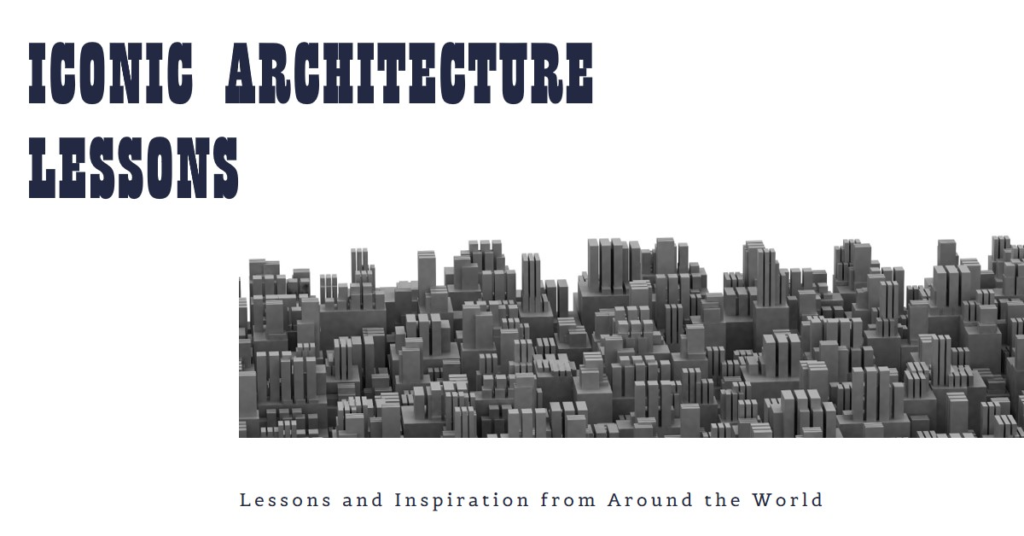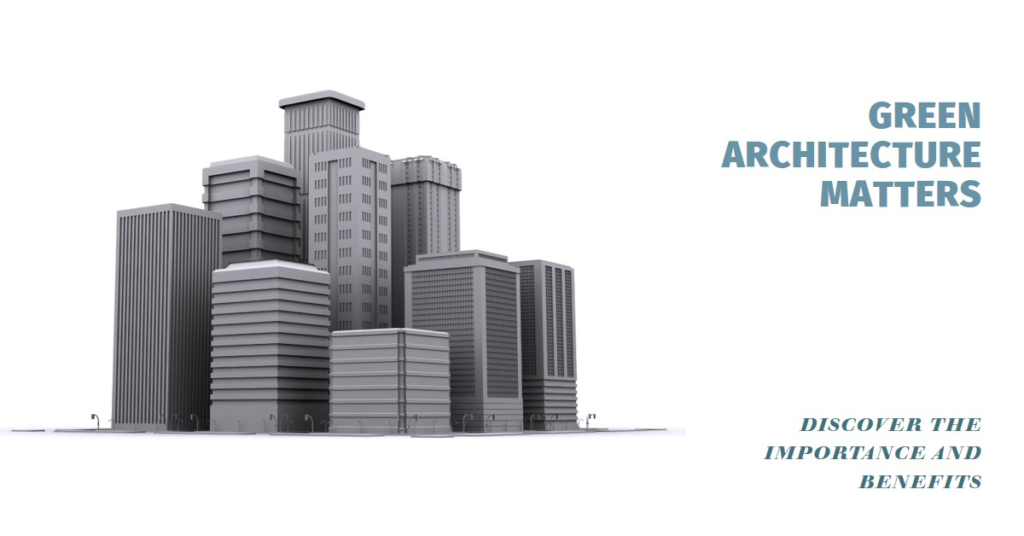
Table of Contents
In today’s digital age, 3D visualization has become an indispensable tool for interior designers, offering a wide range of benefits that streamline the design process, enhance client communication, and elevate the overall quality of design outcomes. From immersive virtual experiences to accurate spatial planning, 3D visualization has revolutionized the way interior designers conceptualize, communicate, and execute their ideas. In this comprehensive guide, we’ll explore the important benefits of 3D visualization that every interior designer should know, unlocking the full potential of this transformative technology.
Section 1: Enhanced Design Communication
One of the most significant benefits of 3D visualization for interior designers is enhanced communication with clients, stakeholders, and collaborators. Unlike traditional 2D drawings or blueprints, 3D visualizations provide a realistic representation of the proposed design, allowing clients to visualize the space, materials, and finishes in vivid detail. This helps bridge the gap between the designer’s vision and the client’s expectations, facilitating clearer communication, informed decision-making, and greater satisfaction with the final design outcome. Additionally, 3D visualizations can be easily shared and presented in various formats, including renderings, animations, and virtual reality experiences, enabling designers to convey their ideas effectively across different platforms and audiences.
Section 2: Accurate Spatial Planning
Another important benefit of 3D visualization is its ability to facilitate accurate spatial planning and layout optimization. By creating detailed 3D models of interior spaces, designers can experiment with different furniture arrangements, spatial configurations, and traffic flow patterns to maximize functionality and efficiency. This allows designers to identify potential design challenges, such as awkward room layouts or inadequate circulation paths, early in the design process and explore alternative solutions before construction begins. Additionally, 3D visualization enables designers to visualize the impact of design decisions in real-time, making it easier to iterate and refine the design to meet the client’s needs and preferences.
Section 3: Realistic Visualization of Materials and Finishes
One of the key advantages of 3D visualization is its ability to accurately depict materials, textures, and finishes, allowing designers to explore a wide range of options and make informed decisions about the aesthetic and tactile qualities of the space. Whether it’s selecting the perfect paint color, choosing between different flooring materials, or evaluating the visual impact of lighting fixtures, 3D visualization enables designers to visualize how different design elements will look and feel in the final space. This helps clients make confident decisions about material selection and ensures that the design meets their aesthetic preferences and functional requirements.
Section 4: Time and Cost Savings
In addition to enhancing design communication and decision-making, 3D visualization can also help save time and reduce costs throughout the design process. By creating accurate 3D models of interior spaces, designers can identify potential design flaws or conflicts early on, minimizing the need for costly revisions or change orders during construction. Additionally, 3D visualization enables designers to explore multiple design options quickly and efficiently, speeding up the design iteration process and allowing projects to move forward more smoothly. This can result in shorter project timelines, reduced construction delays, and ultimately, cost savings for both designers and clients.
Section 5: Improved Client Satisfaction and Engagement
By providing clients with realistic, immersive visualizations of their proposed designs, interior designers can enhance client satisfaction and engagement throughout the design process. Clients are more likely to feel confident in their design decisions when they can see exactly how their space will look and function before construction begins. Additionally, 3D visualization fosters a sense of collaboration and partnership between designers and clients, as clients are actively involved in the design process and have the opportunity to provide feedback and input along the way. This collaborative approach not only leads to better design outcomes but also builds trust and loyalty between designers and clients, resulting in positive long-term relationships.
Section 6: Streamlined Design Approval Process
Another benefit of 3D visualization is its ability to streamline the design approval process by providing stakeholders with clear, visually compelling representations of the proposed design. Whether presenting to clients, project managers, or regulatory authorities, designers can use 3D visualizations to effectively communicate design intent, address concerns, and gain buy-in from key stakeholders. This reduces the likelihood of misunderstandings or disputes during the design development phase and helps keep projects on track and within budget. Additionally, 3D visualization can facilitate faster approvals and permitting processes, allowing projects to move forward more expeditiously.
Section 7: Flexibility and Adaptability
3D visualization offers interior designers a high degree of flexibility and adaptability, allowing them to respond quickly to changing project requirements, client feedback, and design preferences. Unlike traditional design methods, which may require extensive rework to accommodate revisions or design changes, 3D visualization enables designers to make adjustments on the fly, with minimal disruption to the overall design process. Whether it’s tweaking the layout of a room, updating finishes, or experimenting with different furniture styles, designers can iterate and refine their designs in real-time, ensuring that the final result meets the client’s expectations and exceeds their design goals.
Section 8: Remote Collaboration and Global Reach
In today’s interconnected world, 3D visualization enables interior designers to collaborate with clients, consultants, and team members from anywhere in the world, breaking down geographical barriers and expanding their reach to new markets. Through virtual meetings, online design reviews, and collaborative software platforms, designers can work seamlessly with clients and stakeholders across different time zones and locations, fostering greater collaboration, innovation, and creativity. This global approach to design not only opens up new opportunities for designers to showcase their talents on a global stage but also promotes cultural exchange and diversity in design practices.
Section 9: Environmental Sustainability and Green Design
3D visualization can also play a significant role in promoting environmental sustainability and green design practices within the interior design industry. By simulating energy-efficient building systems, sustainable materials, and green building strategies, designers can evaluate the environmental performance of their designs and identify opportunities to reduce energy consumption, minimize waste, and lower carbon emissions. Additionally, 3D visualization can help educate clients and stakeholders about the benefits of green design and inspire them to make more sustainable choices in their projects. By integrating environmental considerations into the design process from the outset, designers can create healthier, more sustainable interior spaces that benefit both people and the planet.
Section 10: Conclusion: Harnessing the Power of 3D Visualization


In conclusion, 3D visualization offers a wide range of benefits for interior designers, from enhancing communication and decision-making to saving time and reducing costs. By leveraging the power of 3D visualization, designers can create more immersive, engaging experiences for clients, streamline the design process, and achieve better design outcomes. As technology continues to evolve and new tools and techniques emerge, the potential for 3D visualization to transform the interior design industry is virtually limitless. By embracing this transformative technology and integrating it into their design practices, interior designers can unlock new levels of creativity, efficiency, and success in their projects.


